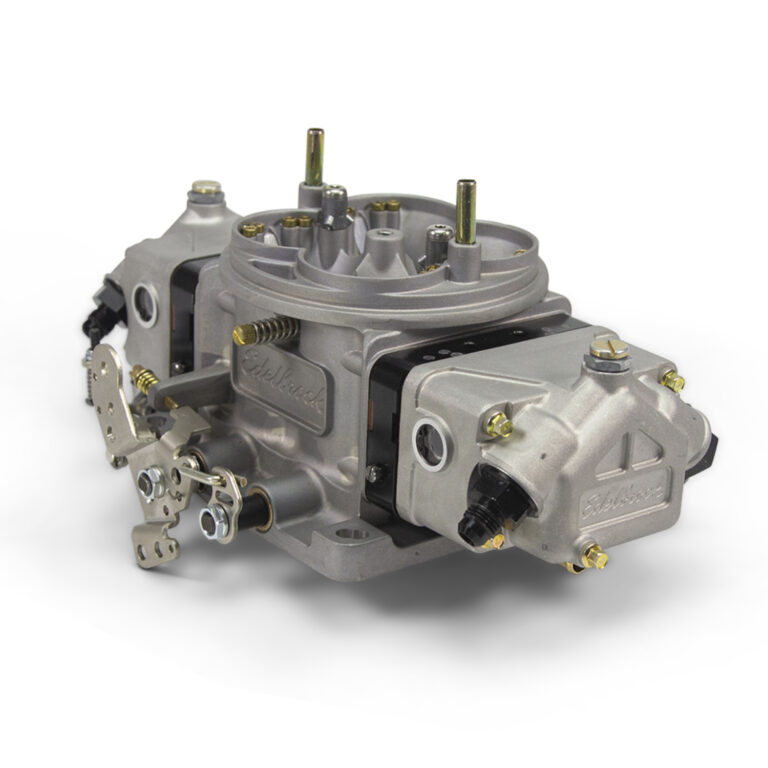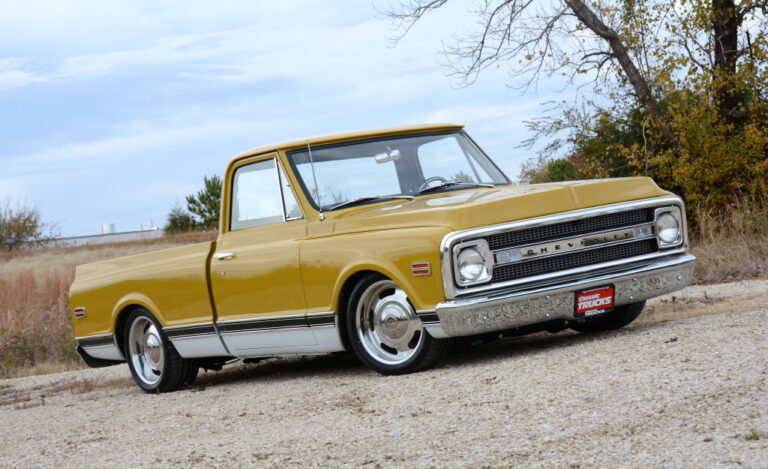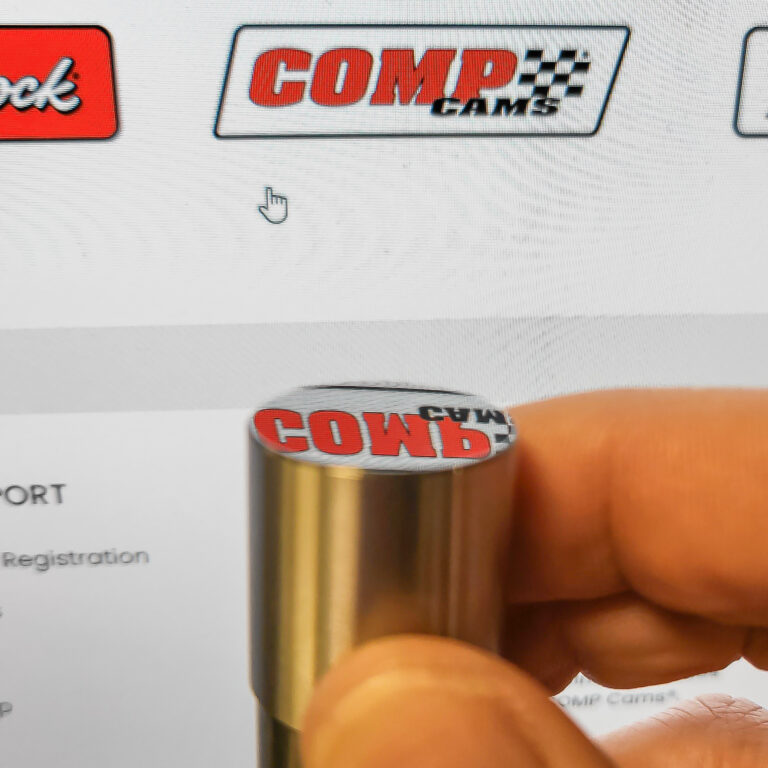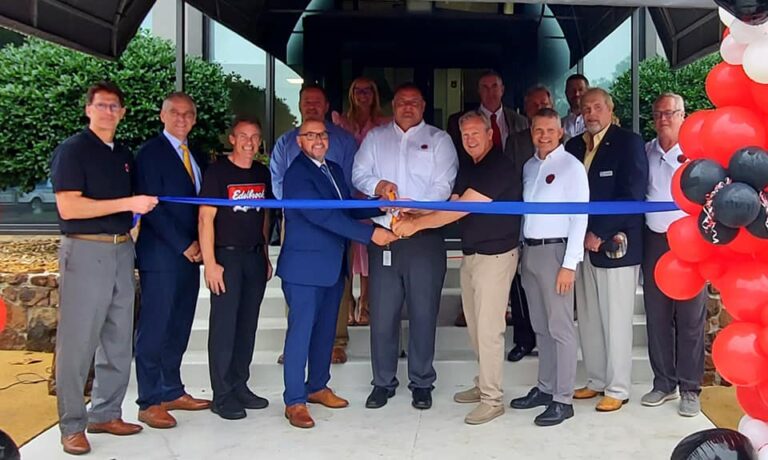The written English language can be a funny thing sometimes. For instance, take the use of abbreviations. Abbreviations are an easy way to shorten a word or phrase, so you don’t have to type (or write) it out every time it is said. The automotive industry, especially those of us in the automotive media, uses a lot of abbreviations for the most common vernacular, such as HP for horsepower, RPM for revolutions per minute, and LB-FT for pound-feet of torque. These all seem to make sense, but have you ever thought about BBL when writing about a carburetor?
BBL is the abbreviation for the word barrel. When writing about the opening(s) in a carburetor, the definition of a barrel makes sense — “a tube forming part of an object.” When writing about two or four-barrel carburetors and throttle bodies, we’ve all seen and written 2BBL or 4BBL and come to accept the abbreviation. However, if you think about it, why isn’t it “4BL” or even 4BRL?” There is only one “B” in the word barrel. So, what’s up with that mysterious second letter B?

BBL As A Unit Of Measure
The abbreviation “BBL” is sometimes used in the gun industry when writing about the barrel of a gun. The government and military also use BBL as the abbreviation of the word barrel concerning a unit of measurement for fluids. But today, it is also widely accepted as a unit of measure for barrels of oil. Oil companies report their production on the Stock Exchange in terms of volume in the units of BBL.
That unit is a 42-gallon barrel of oil, officially agreed upon and adopted in 1872 by the Petroleum Producers Association. Prior to this standardization, oil was stored in a wide range of barrel sizes. In 1859, the nation’s first oil boom in Pennsylvania caused a scramble to ship this hot new commodity, and an array of repurposed barrels of varying sizes were used. The need for standardization came to resolve buyer distrust in the correct quantities for the amount of money spent.
The standard 42-gallon wine tierce was agreed upon over the 40-gallon whiskey barrel to accommodate an extra two gallons in favor of the buyer to compensate for evaporation and spillage during shipping. When filled with oil, the tierces weighed 300 pounds, which was just large enough for a man to move around by himself. Additionally, 20 of them fit on a barge or railroad flat car.

BBL Theories
One popular explanation of the “BBL” is attributed to the “Blue Barrel” theory of Standard Oil Co. Inc., established by John D. Rockefeller. In the mid-to-late 1800s, Pennsylvania experienced a significant oil boom and shipped it all over the country by rail. In those days, kerosene was far more popular than gasoline. Gasoline was shipped in red barrels, while kerosene was shipped in blue barrels. The theory is that as the new industry standard of 42 gallons was implemented, the vast amount of “blue barrels” being shipped came with a ledger designation of “BBL” to differentiate the volume. As the practice of painting the barrels faded and gasoline’s popularity rose, the abbreviation stuck.

This theory works well for most people. However, Ida Tarbell’s 1904 Standard Oil Company history states the abbreviation of “BBL” was in use long before the 1859 birth of the U.S. petroleum industry. In fact, ship manifests from the very early 1800s listed quantities of honey, rum, and whale oil shipped in units of “BBL.” Speculation is that it may have indicated a plural quantity — 1BL and 2BBL, for example. Or, a more plausible guess is that it might have been to eliminate confusion with the “BL” used for a bale (used in shipping dry goods).
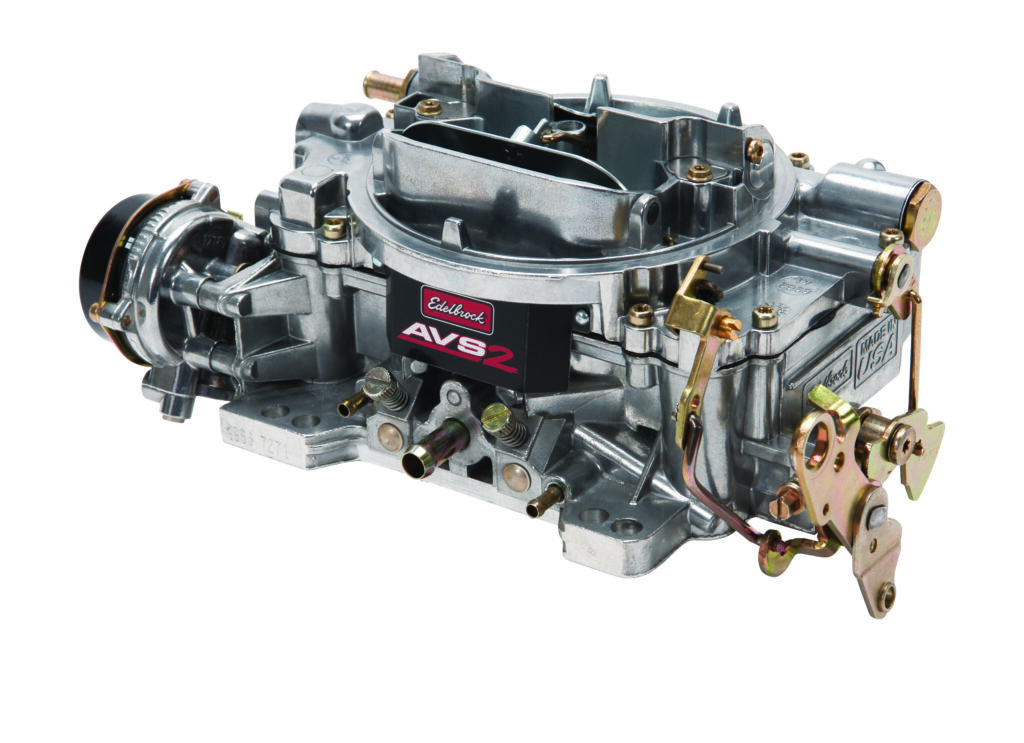
Another Theory
Here’s another theory that may make more sense, though we can’t prove it without a time machine. The style of barrel used since the beginning of shipping things in barrels was a water-tight design made of a convex shape with curved staves of wood held together with metal hoops. The curved design made them wider in the middle, allowing the barrels to be rolled and change direction easily by one man. The bulging portion in the middle of the barrel is known as the “bilge.” Therefore, a barrel of this design was known as a “bilge barrel.”
In 1909, Frederick A. Prahl filed a patent for a “Knockdown Bilge Barrel.” In 1910, Joseph H. LaFave filed a patent for a metal bilge barrel, a new design for the popular “liquid-tight bilge barrels,” as he put it in his patent application. The theory here is that these were verbally referred to as “bilge barrels.” This would account for the usage of the second B long before the blue barrels of Standard Oil, as well as differentiate it from other styles of vessels.


Everyone can draw their own conclusion, but the mystery may never be solved. Was it from the shipping industry, the oil industry, or something else? Whatever theory you subscribe to, the short answer is BBL became the U.S. standard abbreviation for the word barrel. It was implemented in the automotive industry and accepted as an abbreviation when identifying the number of barrels within a carburetor because of something that came before it. What that is exactly, we may never know!
Now, we just need to figure out why intake runners are called “runners” and not barrels!



